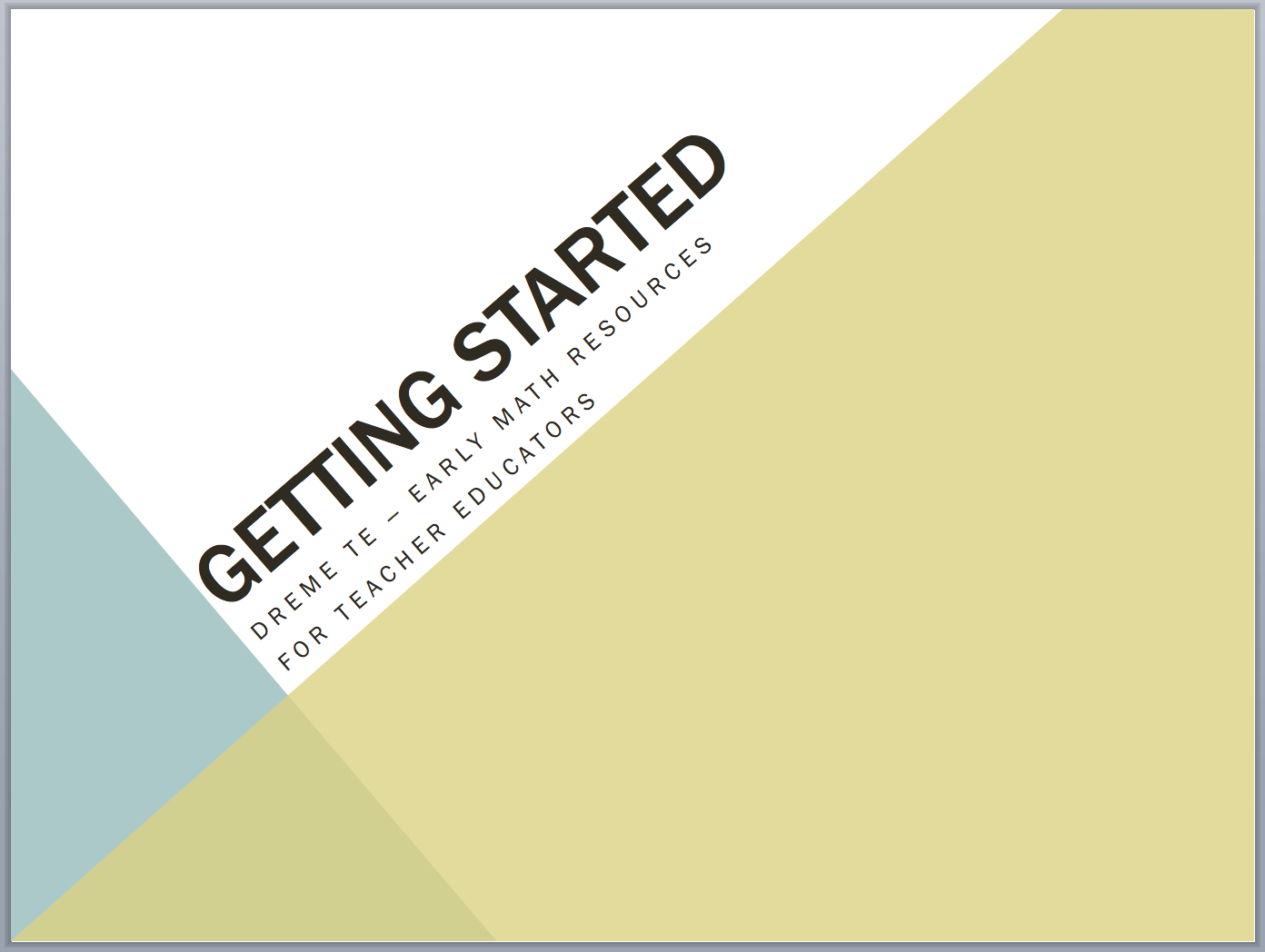Patterns can be notoriously difficult to define. This handout provides illustrations of teacher-child interactions that help take apart (and put back together!) patterns to support our understanding of pattern.
Suppose we ask a child to define a pattern. What do you think would be the response? Watch this colorful four-year-old, Veronica, as she answers to Janet’s question, “Do you know what a pattern is?”
Veronica never attempts to describe the essence of a pattern, instead trying to create a list involving color names. At first, her list expresses a regular sequence, yellow–red–yellow–red. But then orange gets into the mix, yellow–red–orange, and then yellow repeats itself after orange, and eventually, when she is given a second opportunity to describe pattern, blue fights for a place on the table, as does pink and green, after which general chaos ensues. Maybe it was hard for her to remember the pattern she started with, but in any event Veronica never actually said what makes a pattern a pattern. Before laughing too hard at the child’s fumbling attempts, try to define a pattern yourself. It is not at all easy. Pattern—like understanding—is one of those words that is very general and slippery.Veronica’s story is not yet over. Beware of premature conclusions concerning young children’s behavior! Prepare for an extraordinary surprise.
As the interviewer puts out three sets of yellow–blue bears, Veronica watches intensely, and then spontaneously describes the sequence accurately. When the interviewer asks, “Can you put what comes here?” Veronica is able to extend the pattern: yellow–blue–yellow–blue.
Earlier, during her color word extravaganza, Veronica was not able to say anything about the essence of pattern. Yet when dealing with concrete objects, she seemed to understand something important, namely that a pattern can be extended, and she was able to implement the extension accurately. Why the dramatic difference between the two episodes? Note that in the second attempt, the interviewer did not use the word pattern and instead simply said, “Can you put what comes here?” This suggests that Veronica’s problem is the inability to describe or explain a pattern. At the same time, she has a basic understanding of patterns, at least with regard to the idea of extending a repeating pattern. The child has the intuitive concept but not the words or expressive ability to explain it.
Don’t let the absence of correct language fool you. Avoid asking the child to begin with an abstract definition. To learn about the child’s understanding, engage her in working with objects. Observe carefully, change the wording of questions, follow up with new questions like, “What are you trying to do here?” Use non-verbal methods also, such as asking the child to continue a pattern without saying anything about it. In brief, use a variety of techniques to probe the child’s understanding. Problems involving manipulatives can uncover abstract thinking. And don’t let the child’s initial failure determine your assessment of his or her competence.



